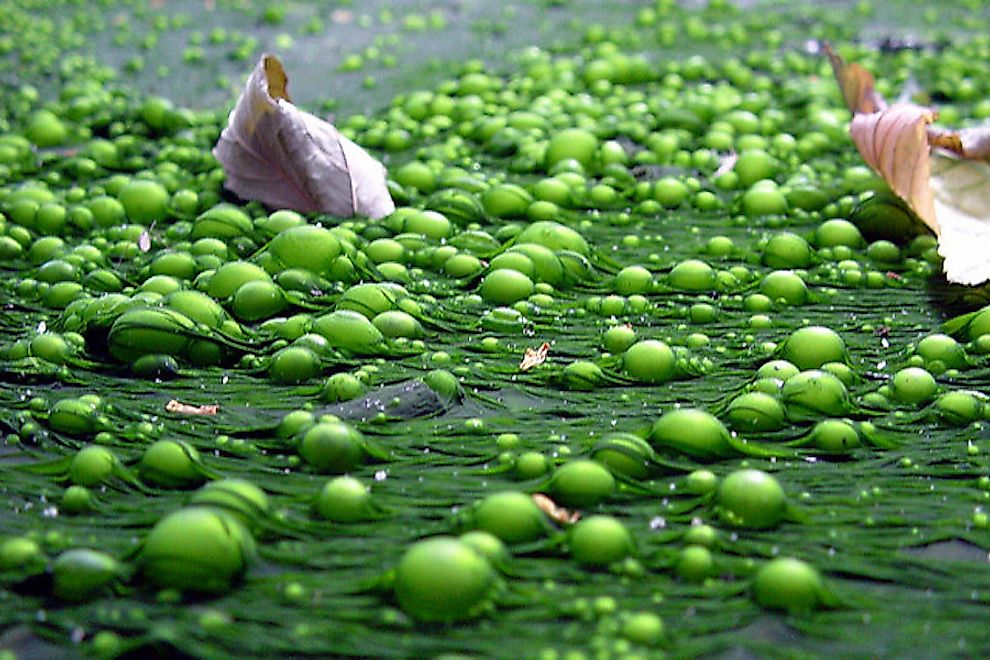What Are Oligotrophic, Mesotrophic, And Eutrophic Lakes?

What Is The Trophic State Index Of A Water Body?
The quantity of biologically useful nutrients like phosphorus, nitrogen, etc., dissolved in the waters of a water body determine the trophic (nutritional) state of the water body. When these limiting nutrients increase, it triggers higher plant growth in the body of water and a subsequent increase in its trophic level. The most widely used trophic indices is the Carlson's index. Here, the trophic state of a body of water is defined as the total weight of biomass contained within it.
The Trophic Classifications Of A Water Body
A water body can be oligotrophic, mesotrophic, eutrophic, and hypereutropic:
Oligotrophic: An oligotrophic lake or water body is one which has a relatively low productivity due to the low nutrient content in the lake. The waters of these lakes are usually quite clear due to the limited growth of algae in the lake. The waters of such lakes are of high-drinking quality. Such lakes support aquatic species who require well-oxygenated, cold waters such as lake trout. Oligotrophic lakes are usually found in the cold regions of the world where mixing of nutrients is rare and slow due to the low temperatures of the lake waters.
- Mesotrophic: Lakes with an intermediate level of productivity are called mesotrophic lakes. These lakes have medium-level nutrients and are usually clear water with submerged aquatic plants.
- Eutrophic: Lakes that are eutrophic in nature have high levels of biological productivity. An abundance of plants is supported by such lakes due to the rich nutrient constitution, especially nitrogen and phosphorus. Initially, eutrophic lakes accelerate multiplication and growth of lake fauna due to the high levels of oxygen provided by a large number of plants growing in the lake. However, when things cross limits and plants or algal blooms overcrowd the lake, the lake fauna suffers due to the high levels of respiration by the living vegetative matter. Eutrophication might occur naturally or due to human impact on the environment.
- Hypereutrophic: These lakes suffer from problems arising due to excessive plant and algal growth due to a high supply of growth nutrients. These lakes have little transparency due to the dense overgrowth of algae or aquatic flora. These lakes usually have visibility limited to lower than 3 feet. Hypereutrophic lakes also have more than 100 micrograms/liter of phosphorus and more than 40 micrograms/liter of total chlorophyll. The overgrowth of algae often suffocates the fauna below the water depths and this might create dead zones beneath the water surface.
What Factors Influence The Trophic State Of A Water Body?
Both natural and human-made factors might influence the trophic state of a water body. If the lake is located in a region that has a high level of nutrients, the lake will naturally be in the eutrophic state. Sewage entering the lake intentionally or accidentally, agricultural run-offs from crop-fields, or fertilizers leached into the waters are the different ways in which nutrients are added to a water body due to human activities.
The Need To Manage The Trophic Levels
Different target users might want a water body to have a distinct trophic level. For example, for those intending to use the water body for leisure activities like swimming or fishing, an oligotrophic lake would be the ideal choice. Those wishing to attract birds to create a bird sanctuary will prefer a eutrophic lake with plenty of algae to feed the birds.











